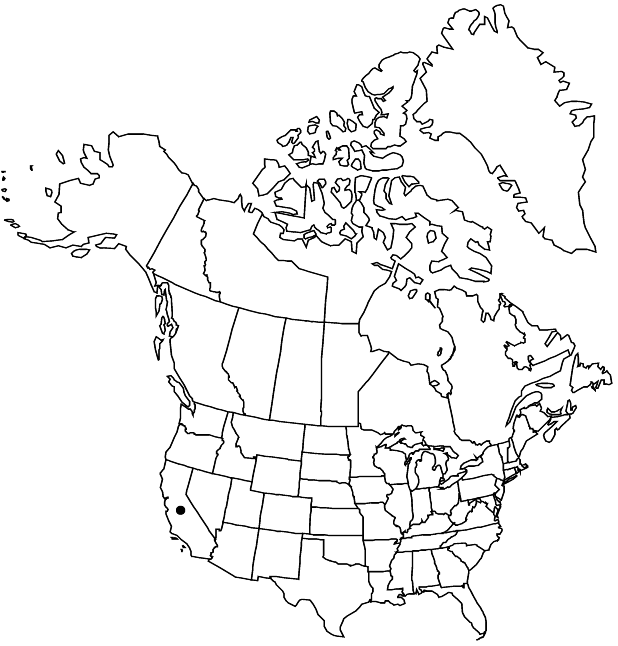Arctostaphylos insularis
Bull. Calif. Acad. Sci. 2: 494. 1887 ,.
Shrubs, erect, (arborescent), 2–5 m; burl absent; (lower stems reddish with glaucous patches); twigs glabrous, sometimes sparsely short-hairy or sparsely glandular-hairy. Leaves bifacial in stomatal distribution; petiole 4–8 mm; blade bright green, lustrous, oblong-elliptic, 2.5–4.5 × 1–3 cm, base rounded, margins entire, ± cupped, surfaces smooth, glabrous. Inflorescences panicles, 5–10-branched; immature inflorescence pendent, branches spreading, ascending, or erect, axis 2–3 cm, 1+ mm diam., glabrous, sometimes sparsely short-hairy or sparsely glandular-hairy, (buds ± spread apart); bracts not appressed, scalelike, deltate, 1.5–3 mm, apex acute, surfaces finely glandular-hairy. Pedicels 6–9 mm, finely glandular-hairy. Flowers: corolla white, conic to urceolate; ovary glabrous or sparsely glandular-hairy. Fruits depressed-globose, 8–15 mm diam., sparsely hairy or glabrous. Stones distinct. 2n = 26.
Phenology: Flowering winter–early spring.
Habitat: Island chaparral and woodlands
Elevation: 200-400 m
Distribution

Calif.
Discussion
Of conservation concern.
Arctostaphylos insularis is known from Santa Cruz Island.
Selected References
None.